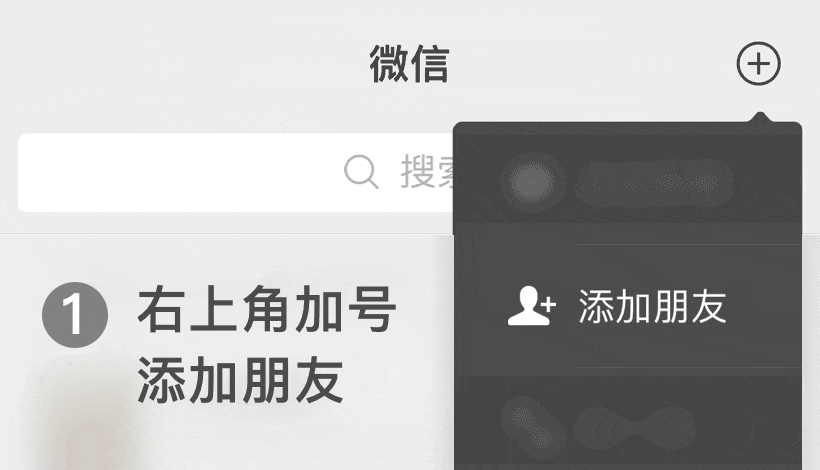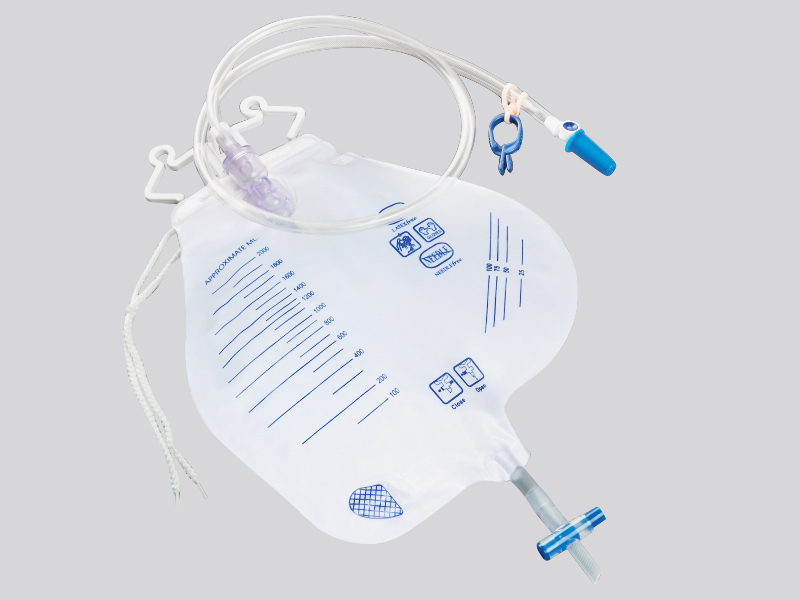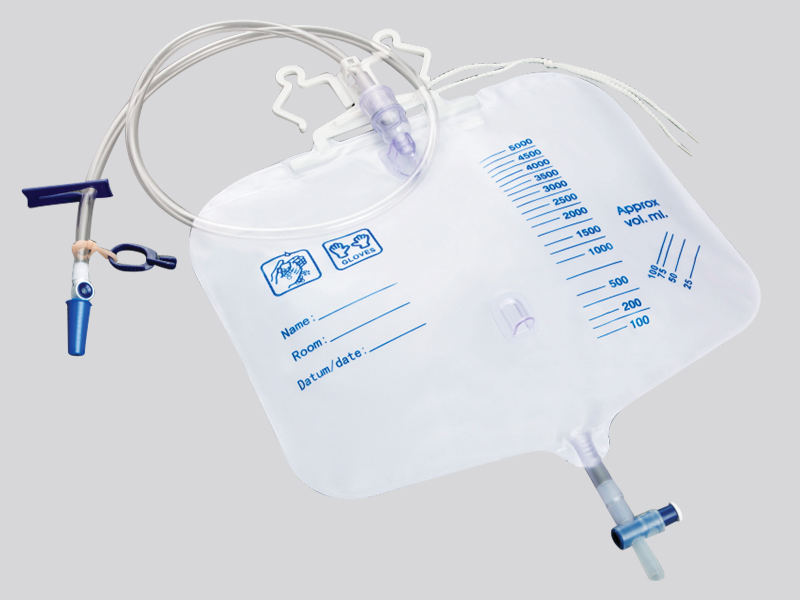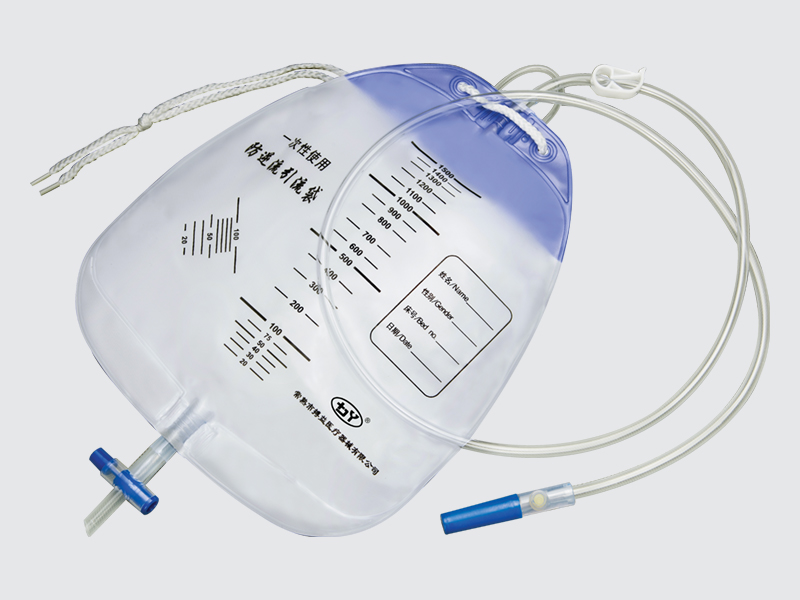
The current position:Home > Information dynamic
> Industry Trends
What are the characteristics of disposable anti backflow drainage bags
source:m.tianyumedia.com.cn | Release time:2024年11月18日1. Anti backflow function
Structural design guarantee: This type of drainage bag is usually equipped with anti backflow devices at the connection between the pipeline and the bag body. For example, using a one-way valve structure, when drainage fluids such as urine, pleural effusion, and ascites flow into the bag, the one-way valve will automatically close to prevent fluid reflux. This design effectively prevents the backflow of drainage fluid back into the human body, reducing the risk of infection, as the backflow of fluid may bring bacteria or other pollutants from the bag back to human tissues or body cavities.
Valve principle application: Some anti reflux drainage bags utilize valve mechanism to achieve anti reflux. The valve acts as a one-way channel, allowing fluid to flow from the drainage site towards the bag, and once there is a tendency for backflow, the valve will tightly close. This is similar to the working principle of a heart valve, ensuring that fluid can only flow in one direction and improving the safety of the drainage process.
2. Sterility and safety
Aseptic packaging and production: Disposable anti backflow drainage bags undergo strict aseptic treatment during the production process. The product is packaged sterile and can maintain a sterile state for a long time in an unopened state. This is to avoid introducing external bacteria, viruses, and other microorganisms during the drainage process to prevent patients from getting infected. For example, sterile drainage bags can ensure the health and safety of patients when used in operating rooms, wards, and other environments in hospitals.
Material safety and non toxicity: The material used to make drainage bags is usually medical grade polymer materials, such as polyvinyl chloride (PVC) or polyurethane (PU). These materials have good biocompatibility and are non-toxic to human tissues and body fluids. Moreover, the material has high chemical stability and will not undergo chemical reactions with the drainage fluid, ensuring the safety and reliability of the drainage process.
3. Capacity identification and visibility
Clear capacity scale: The surface of the drainage bag is generally printed with clear capacity scales, making it convenient for medical staff to visually observe and record the volume of drainage fluid. The accuracy of the scale is high, and it can accurately reach the milliliter level, which is very important for doctors to understand the patient's fluid excretion and evaluate changes in the condition. For example, when observing the postoperative urine output or drainage of pleural and peritoneal effusion in patients, abnormal changes in drainage volume can be detected in a timely manner through the volume scale.
Transparent bag design: The bag is usually transparent, which allows medical staff to directly observe the color, characteristics, and other features of the drainage fluid. The color of the drainage fluid may reflect the patient's physical condition, such as hematuria indicating urinary system damage, and cloudy drainage fluid indicating infection. The transparent bag body helps medical staff detect these abnormal situations in a timely manner and take corresponding medical measures.
4. Lightness and portability
Lightweight: The disposable anti backflow drainage bag has a very light overall weight, usually ranging from tens to hundreds of grams. This is very convenient for patients who need to carry drainage bags for a long time or temporarily, without causing any additional burden to the patients. For example, for some patients with limited mobility, lightweight drainage bags can be easily fixed on the body without affecting the patient's daily activities.
Easy to carry and hang: Drainage bags are usually equipped with devices that facilitate hanging, such as hooks or hanging holes. Patients can hang the drainage bag at a suitable location by the bed, wheelchair armrest, or clothing to facilitate the collection of drainage fluid. And when the patient needs to go out or transfer, the drainage bag can also be easily carried without affecting the normal drainage process.
5. Convenience of use
Easy and convenient connection: The connection between the drainage bag and the drainage tube is simple, usually through a standard interface for plug-in connection. Medical staff can quickly complete the connection process during operation, reducing patient waiting time. And the connection is tight, which can effectively prevent liquid leakage.
Easy to operate and replace: For non professionals such as patients or family members, the basic operation of drainage bags is also relatively easy to master. When the drainage bag is full or needs to be replaced, simply follow the correct steps to close the drainage tube, remove the old drainage bag, and replace it with a new one. This convenience enables patients to smoothly replace drainage bags during their self-care process after discharge.
Prev:
What are the characteristics of disposable enema …
Next:
What are the characteristics of disposable precis…

 Cn
Cn En
En WeChat ID:
WeChat ID:







 Contact us
Contact us
 Add WeChat
Add WeChat
 Telephone
Telephone